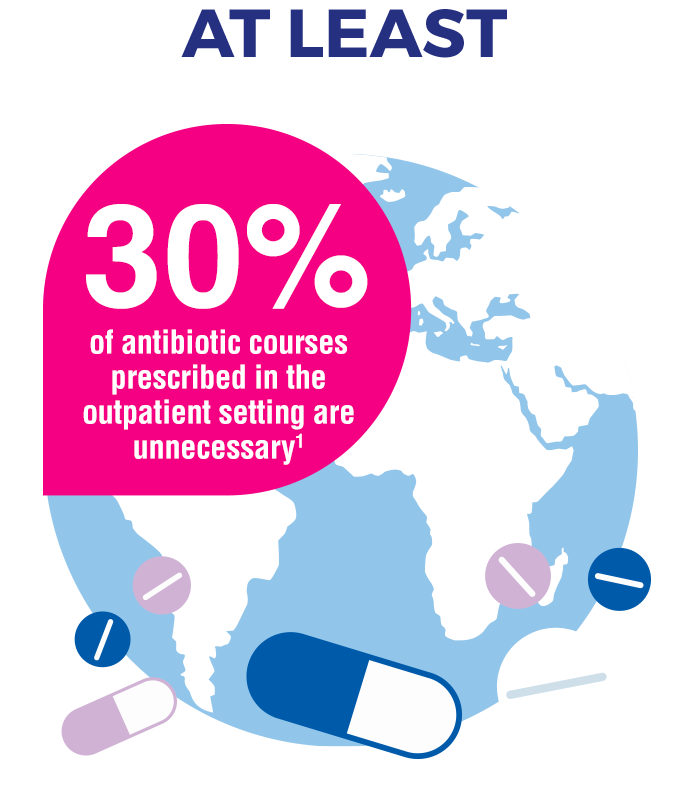
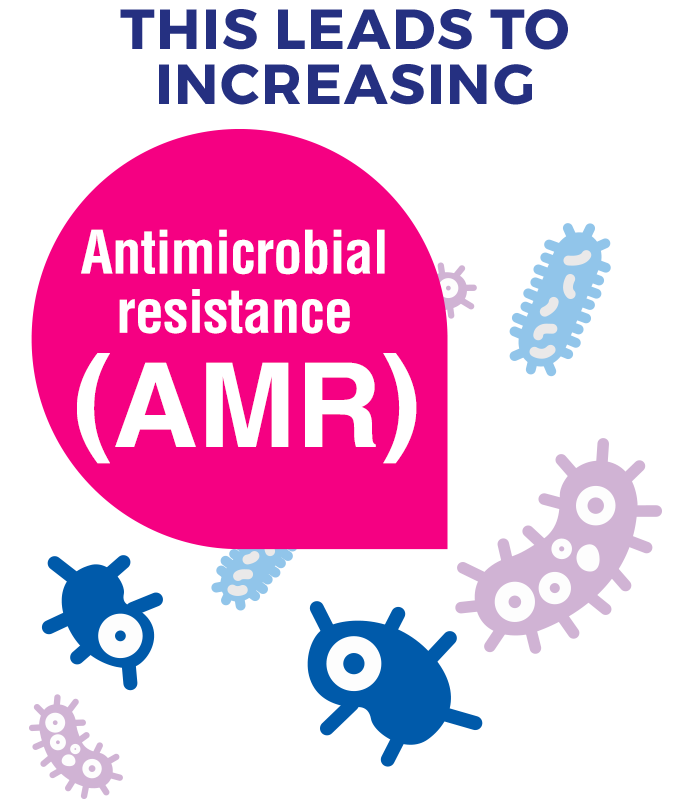
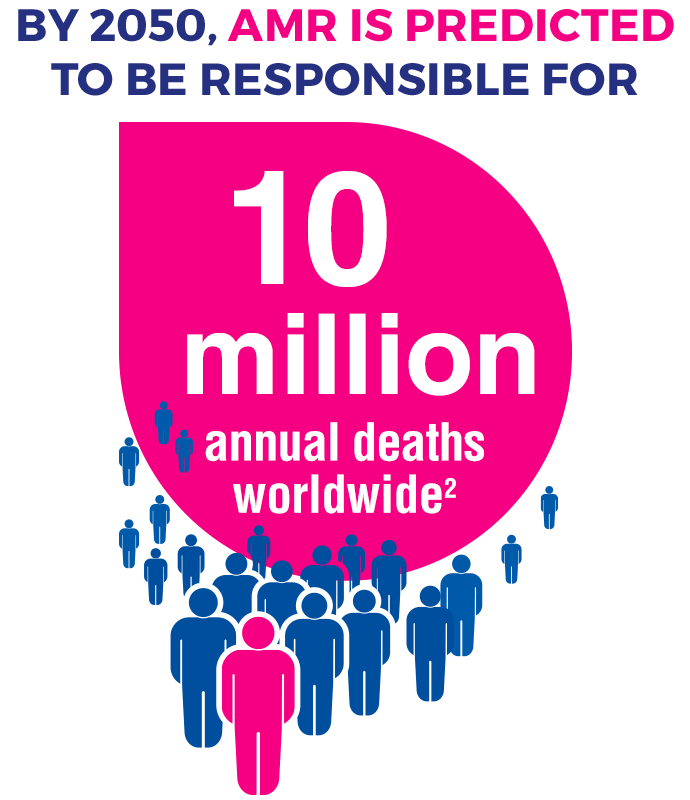
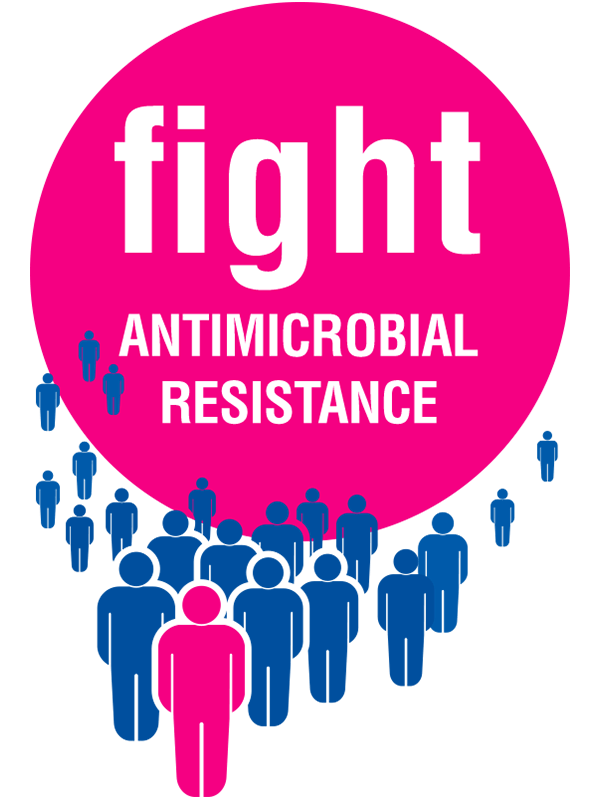
...the spread of antimicrobial resistant bacteria there needs to be a significant decrease in antibiotic use in wound care.
While the World Health Organization is addressing AMR with a Global Action Plan, there is a lot of room to help to reduce AMR in the wound care sector.3 To be truly effective against AMR, action must be taken at every level of wound care, from wound specialists to wound nurses.
The European Wound Management Association recommends avoiding the unnecessary usage of antibiotics through adequate infection prevention/management and appropriate hygiene protocols.4
With the right tools for infection prevention and management in wound care, the unnecessary use of antibiotics may be avoidable. Through its brands, Cutimed® and Leukomed®, Essity offers a comprehensive range of wound care products to help manage infection with no known risk of further contributing to antimicrobial resistance.

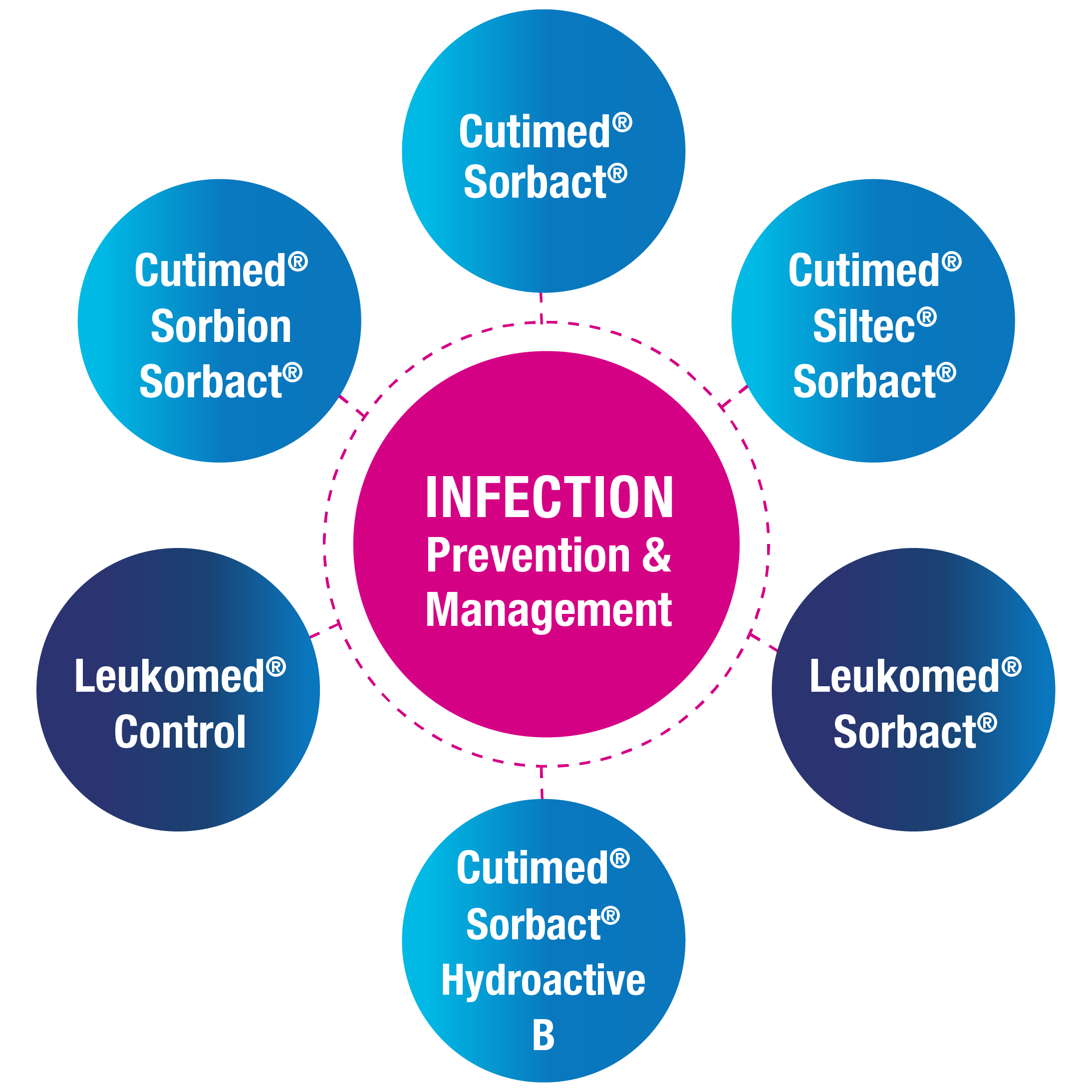
Cutimed® and Leukomed® offer an extensive range of effective products in wound management and infection control which may help avoid excessive use of antibiotics in wound care.
Leukomed® Sorbact® and Cutimed® Sorbact® utilize the safe and effective Sorbact® technology that binds bacteria with a purely physical mode of action. Sorbact® Technology removes bacteria without releasing possibly harmful endotoxins.5
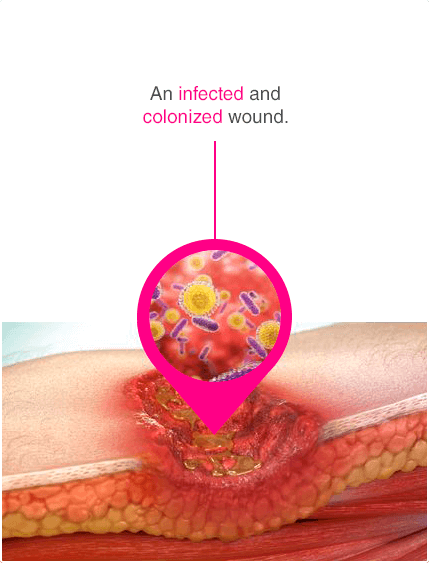
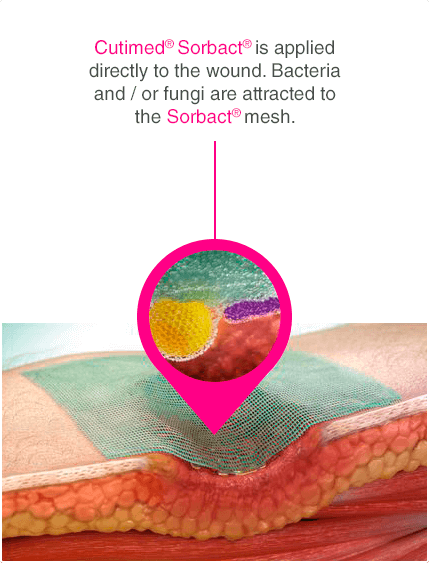
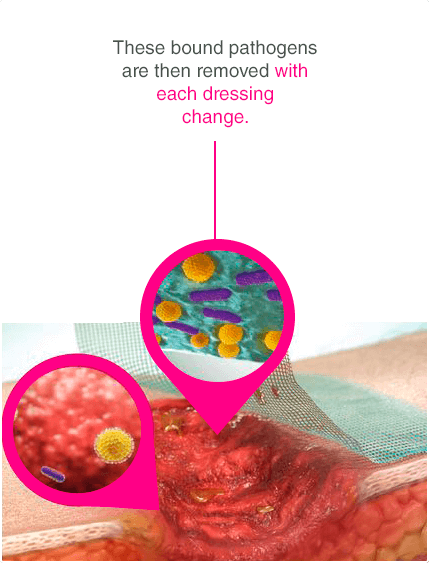
Advanced chronic wound dressing for safe and effective wound management with a purely physical mode of action.
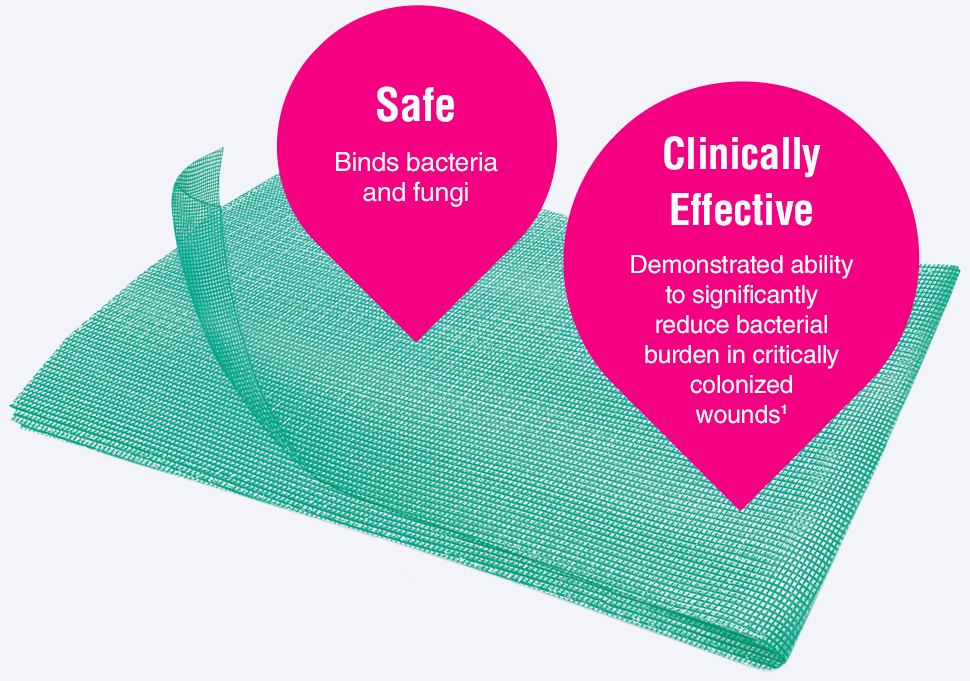
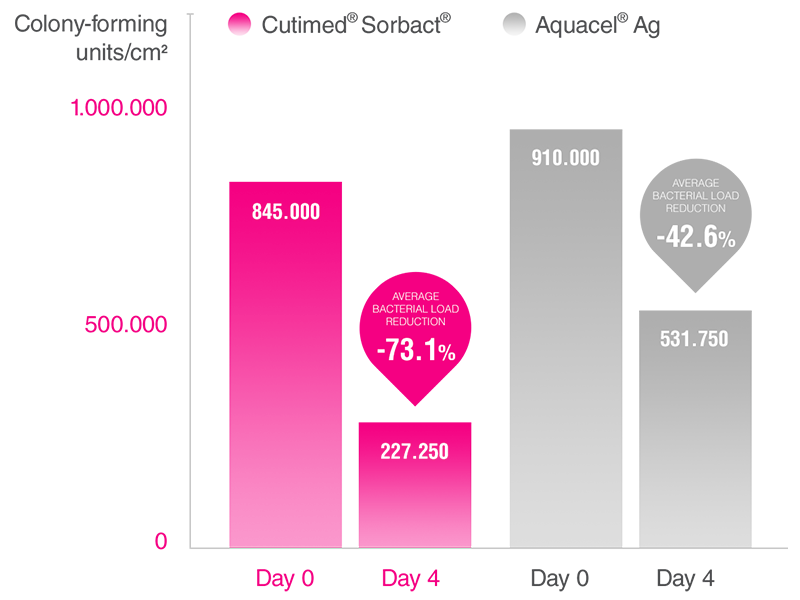
In a randomized, comparative, single study of 40 patients with leg ulcers, Cutimed® Sorbact® was more effective at reducing bioburden than Aquacel® Ag.10
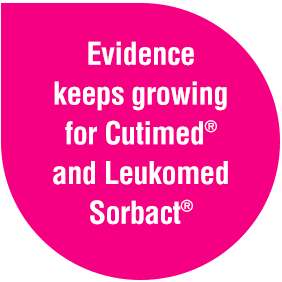
Innovative surgical post-operative dressing for the reduction of bacterial colonization with a purely physical mode of action.
Indications
All post-operative and traumatic wounds with dry to low exudate levels:
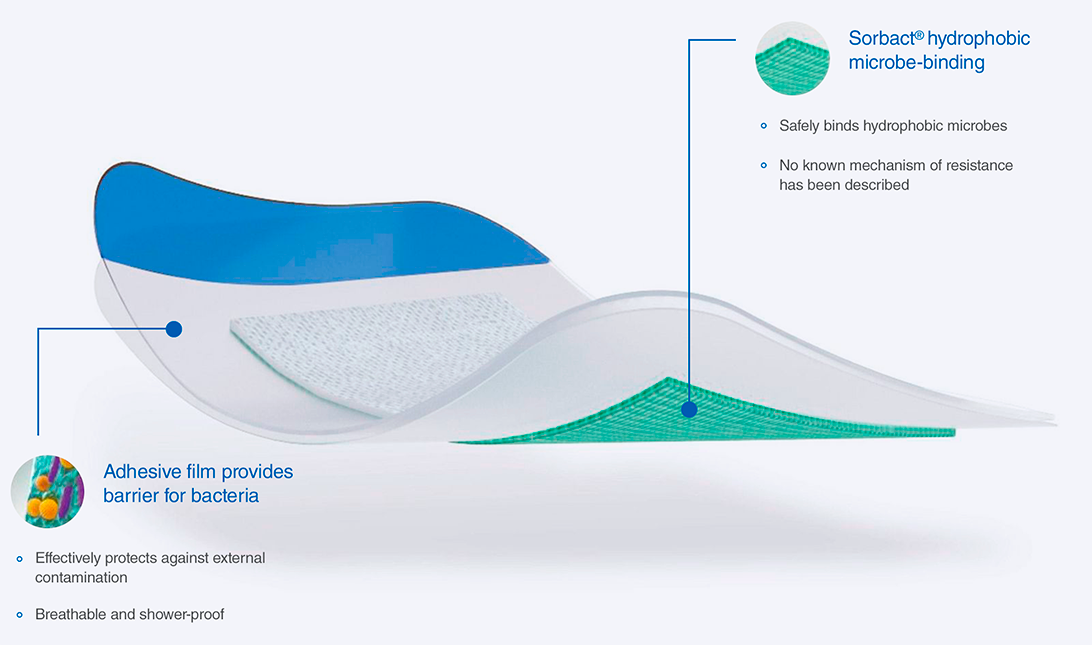

Infection management for chronic wounds with a purely physical mode of action

Surgical post-operative dressing for the reduction of bacterial colonization with a purely physical mode of action

The bacteria-binding silicone foam dressing for excellent fluid and infection management

4-in-1: Absorb. Hydrate. Debride. Antimicrobial

Super absorbent dressing that also manages bacteria

Transparent wound dressing for effective infection risk control